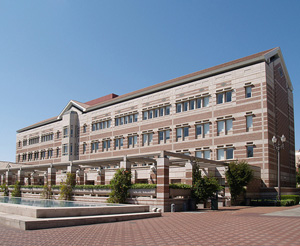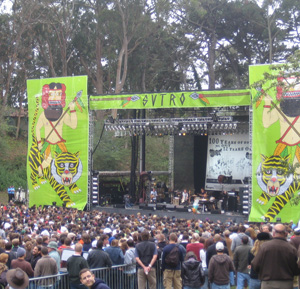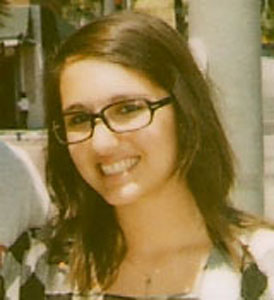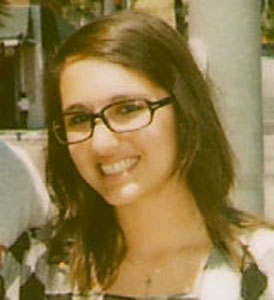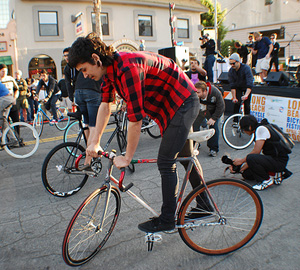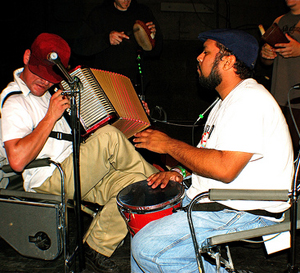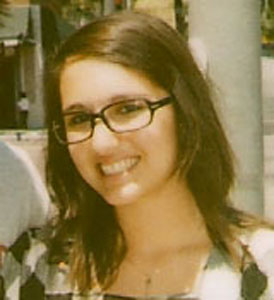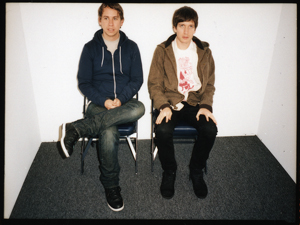Sitting in the quiet backyard of my grandma’s San Marino home, it’s hard to imagine the chaos pictured on the front page of her morning paper. A grainy still from a cell phone video lies above the fold, showing a woman bleeding to death in a Tehran street. She is already declared an icon of the protests, government force and civil unrest that has plagued Iran since its presidential elections on June 12, and the widespread Internet sharing of her civilian-filmed death video exemplifies a new era of communication for political activism.
After the declared “landslide victory” of incumbent president Mahmoud Ahmadinejad, supporters of reform candidate Mir-Hossein Moussavi called shenanigans on the government’s count and took to the streets to demand a recount, using text messaging and social networking Web sites to organize themselves and distribute information about their cause.
This election created a very important moment in the globalization progress. With our past November’s election showcasing the Internet’s untapped political potential – and Obama’s win signifying the triumph over a corrupt administration through usage of a small percentage of that potential – minorities as far away as the turbulent Middle East finally have a fighting chance.
And in a country like Iran, headed by an extremely confining government, Twitter, Facebook, cell phones and the Internet are the only arena where democracy is upheld. These open modes of communication give Iranians a forum to express their beliefs and be agreed with (for once), solidifying and empowering their opinions so that when the Ahmadinejad victory was announced, impromptu crowds of angry Moussavi supports organized themselves through the quintessentially 2009 rapid-fire information exchange.
Demanding a recount like untrusting Americans did in 2000, Iranians gathered in plazas, parks and streets in such numbers that the regime severed cell phone reception and restricted Internet access, a move that acknowledged its importance to the revolutionary cause. But determined citizens got around those roadblocks and used the online tools to bring to life the massive, non-virtual movement present in Iran.
As compared with wars in the past, this is the first where information filtered through the Internet, not the news organizations that report it. And in the way that television coverage gave images of the destruction wrought during the Vietnam War, the overflowing usage of the Internet from within the political battle zone is ushering in a new era of information dissemination.
But where Vietnam’s news reports were the product of several camera crews and former Internet communications were that of computer nerds, the rise of the social networking sites used in the recent Iranian protests gave everyone in the country a chance to share their perspective of the situation – and the rest of the world an opportunity to respond.
News of the election protests in Iran spread around the world nearly instantaneously, giving Americans access to this once-sheltered conflict and allowing more support to pour in. Since Obama’s winning experiment with Internet-use as a marketing campaign tool last year, the global village took notice. And with a maybe subconscious boost of morale after the win of a black president in a country formerly known for slavery, Iranians realized that victory over the status quo is possible and the Internet is the site for that revolution.
Quickly turning the small politically active community in Iran into part of the global community that is on these social networking sites, the possibly falsified reelection of Ahmadinejad called to action those against the Supreme Leader of Iran and his oppressive ways. Although the results will be upheld and Moussavi will go back to his humble artist life, Iran will not be the same and the impact of these protests will ring in all future elections.
Blogs: Normandie Files
This Revolution Will Be Televised: Or How the Internet May Save Iran
By Sarah Bennett
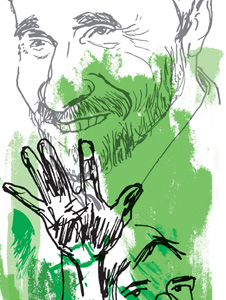
(Credit: Gabriel Campanario/The Seattle Times/MCT)
Article posted on 7/7/2009
This article has been viewed 23930 times.



